
Published:
Readtime: 6 min
Every product is carefully selected by our editors and experts. If you buy from a link, we may earn a commission. Learn more. For more information on how we test products, click here.
In a world saturated with fashion statements, the concepts of semi-formal and formal attire might feel more like blurred categories than official protocols. Nevertheless, both dress codes entail a set of sartorial principles by which every man should abide unless he wants to show up to his best mate’s wedding underdressed.
The men’s formal dress code is elegant in presentation but rigid in scope, by contrast, the men’s semi-formal dress code gives you a greater opportunity to show off some personal style while remaining sophisticated. While the general concept is fairly straight forward you still might be wondering what the differences are between the two, ‘what exactly is the men’s semi-formal dress code?’ and ‘what is the men’s formal dress code?’ Thankfully, we’re making life easy for you by breaking it all down below.
What is the Semi-Formal Dress Code?
Preferred by the majority of young men, semi-formal attire aims for ‘smart style’, meaning elegant menswear graced with a personal touch. And while some might say the fashionable dress code lands right in the middle between formal wear and informal wear, the truth is it’s much closer to the former in spirit.
Think blazers with matching trousers, two-piece suits (with or without the tie), pocket squares and dress watches, and you’re heading in the right direction. For night-time events, darker colours like navy are the best way to go, however, for daytime events, you can go lighter in colour. To truly look stylish for any semi-formal occasion, one must understand that it’s about more than the blazer and dress shirt, you must incorporate the correct jacket.
The semi-formal dress code for men allows for greater flexibility in terms of colour, pattern, material and style, as such, it comes off as a more relaxed version of its counterpart. Yes, there is a black semi-formal dress but it can come in many other shades as well. The attire, might be thought of as formal attire, minus the shackles of sartorial obligation. That is to say, the attire is still dressy as far as menswear is concerned, but you’re wearing the suit you want to wear as opposed to the suit you have to wear.
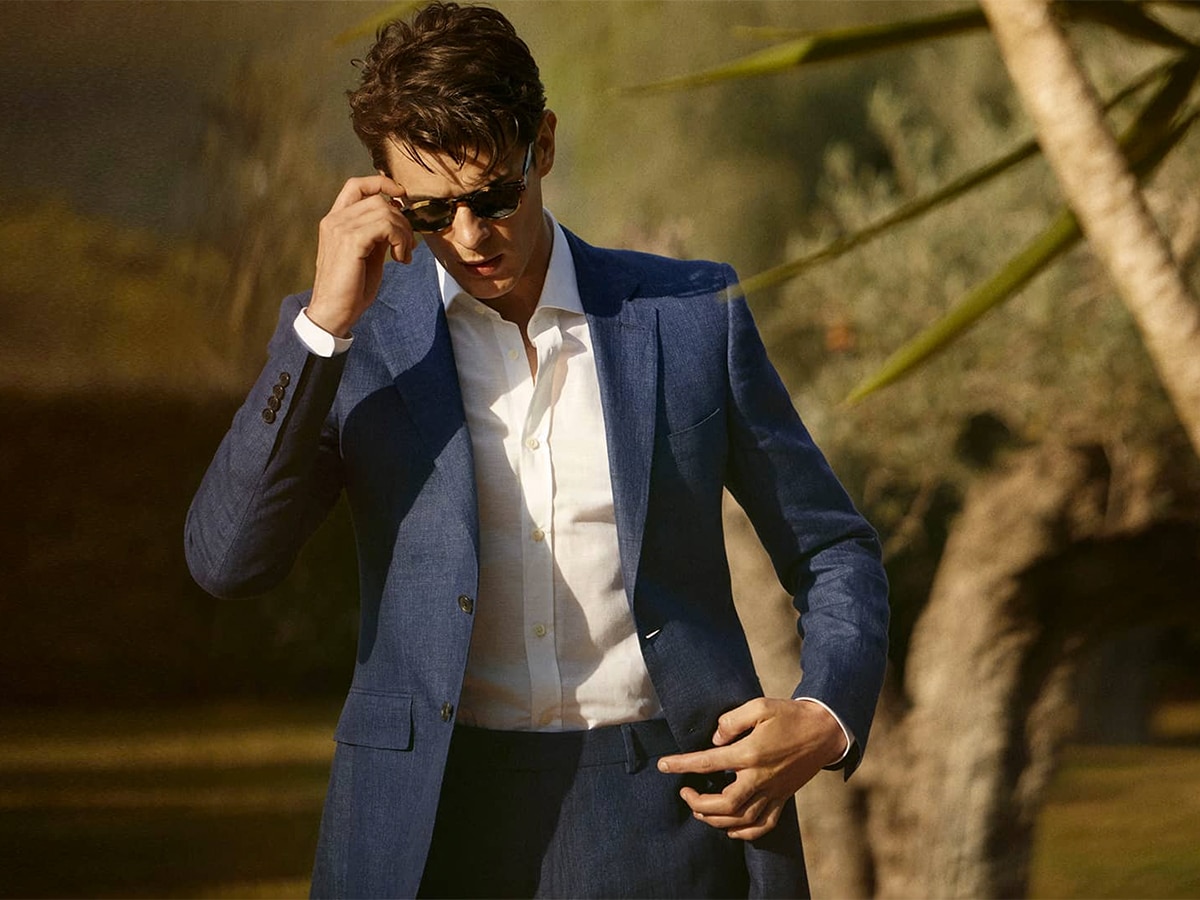
Semi-Formal Dress Code Dos
- Do wear a nice two-piece tailored suit or tailored blazer with matching trousers.
- Do wear lighter colours during daytime events, and darker colours at night.
- Do wear socks along with polished dress shoes of premium leather.
- Do overdress if you’re not entirely sure what to wear.
- Do accessorise.
Semi-Formal Dress Code Don’ts
- Don’t wear a tuxedo, or something more casual than a blazer.
- Don’t wear bright colours and loud patterns at night time events.
- Don’t wear a tie if you don’t want to.
- Don’t wear casual shoes.
- Don’t underdress if you’re not entirely sure what you wear.
- Don’t overdo it with accessories.
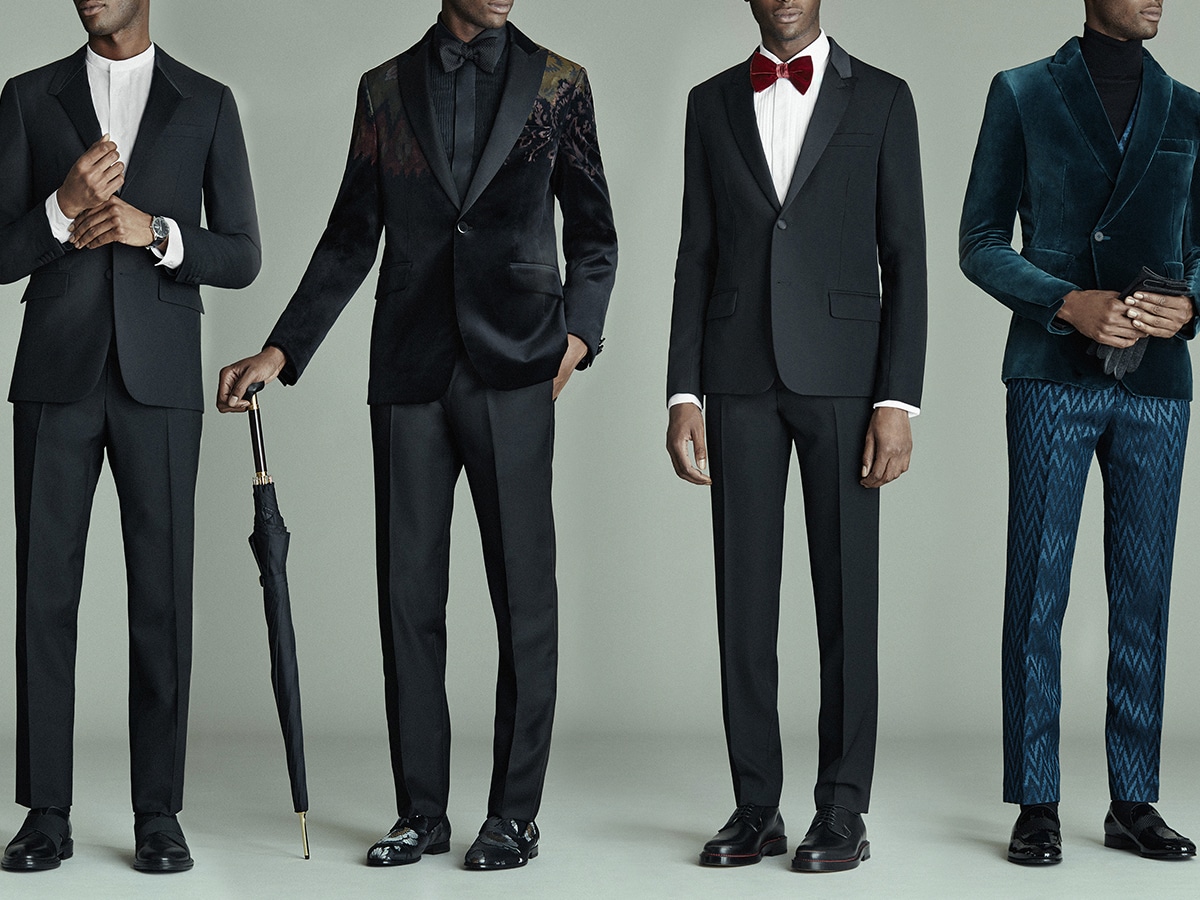
Men’s Formal Dress Code
Synonymous with the black tie or white tie dress code, men’s formal attire is for those events where only the most elegant get-up will suffice. In almost all instances, that get-up is a tuxedo. While the strings of style are tightened significantly when it comes to conventional dress clothes for men, that isn’t to say there’s no room for (very slight) improvisation. For instance, a blue tuxedo will always infuse the recognised dress code with a touch of the semi-formal spirit.
Ultimately, the men’s prescribed dress code takes the word “code” to heart. For the most uber-fancy of occasions, the white tie dress code applies, meaning a bow tie with a tailed jacket and white shirt. Take that formality down one notch and you’re in black tie territory, which typically involves a tailless jacket, a waistcoat and a black bow tie. For daytime events, the strings are loosened slightly, allowing for things like a morning coat and striped trousers.
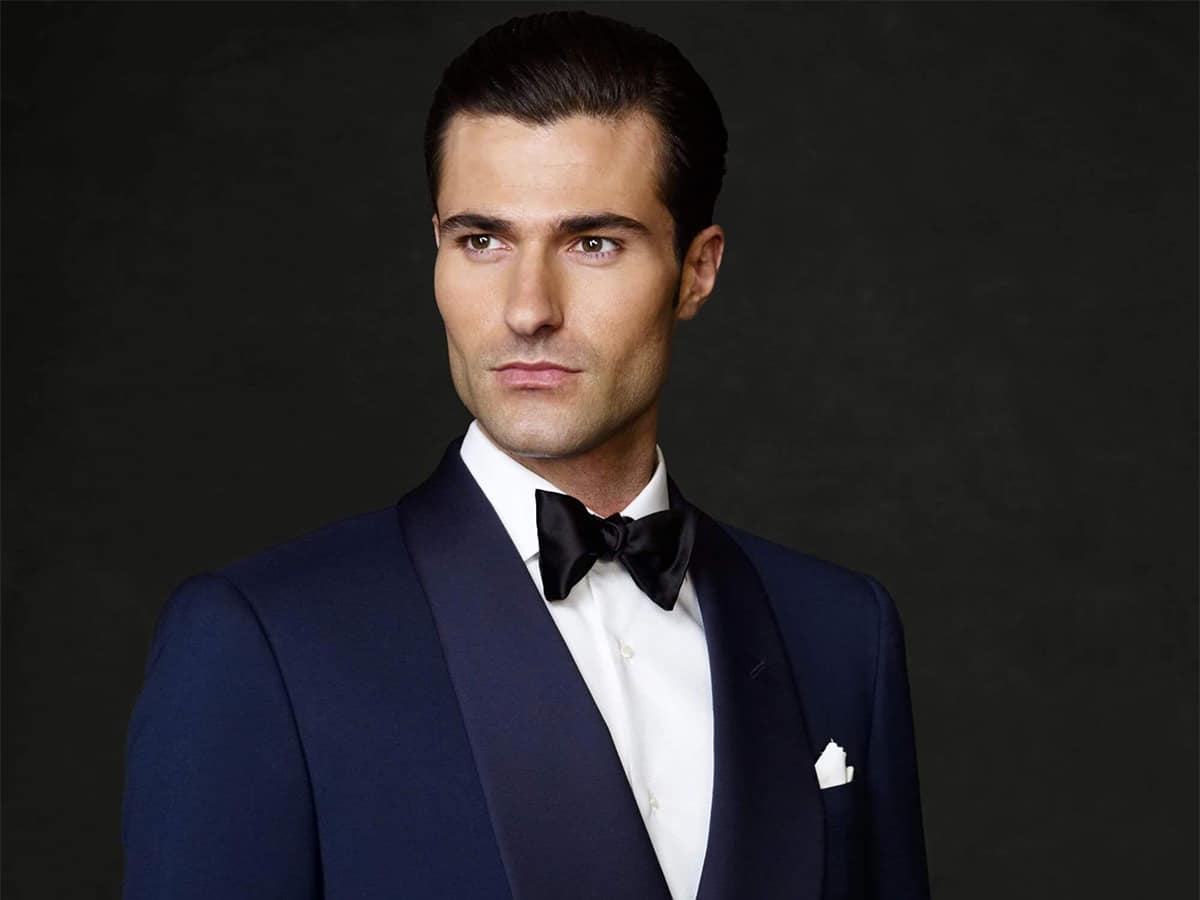
Formal Dress Code Dos
- Do wear a tuxedo. No exceptions.
- Do wear a tuxedo of non-traditional colour to daytime events.
- Do get your formal outfit tailored by a pro.
- Do wear a bowtie.
- Do wear what the other men are wearing.
- Do make sure every single detail is in place.
- Do rock a handsome haircut.
- Do wear cufflinks and a pocket square.
Formal Dress Code Don’ts
- Don’t think outside the box and try to reinvent the wheel.
- Don’t roll to your first black-tie event wearing anything non-traditional.
- Don’t wing it. Ever.
- Don’t wear a tie.
- Don’t worry about matching what your date is wearing.
- Don’t forget to groom.
- Don’t get experimental with your hair until after the event.
- Don’t wear jewellery.
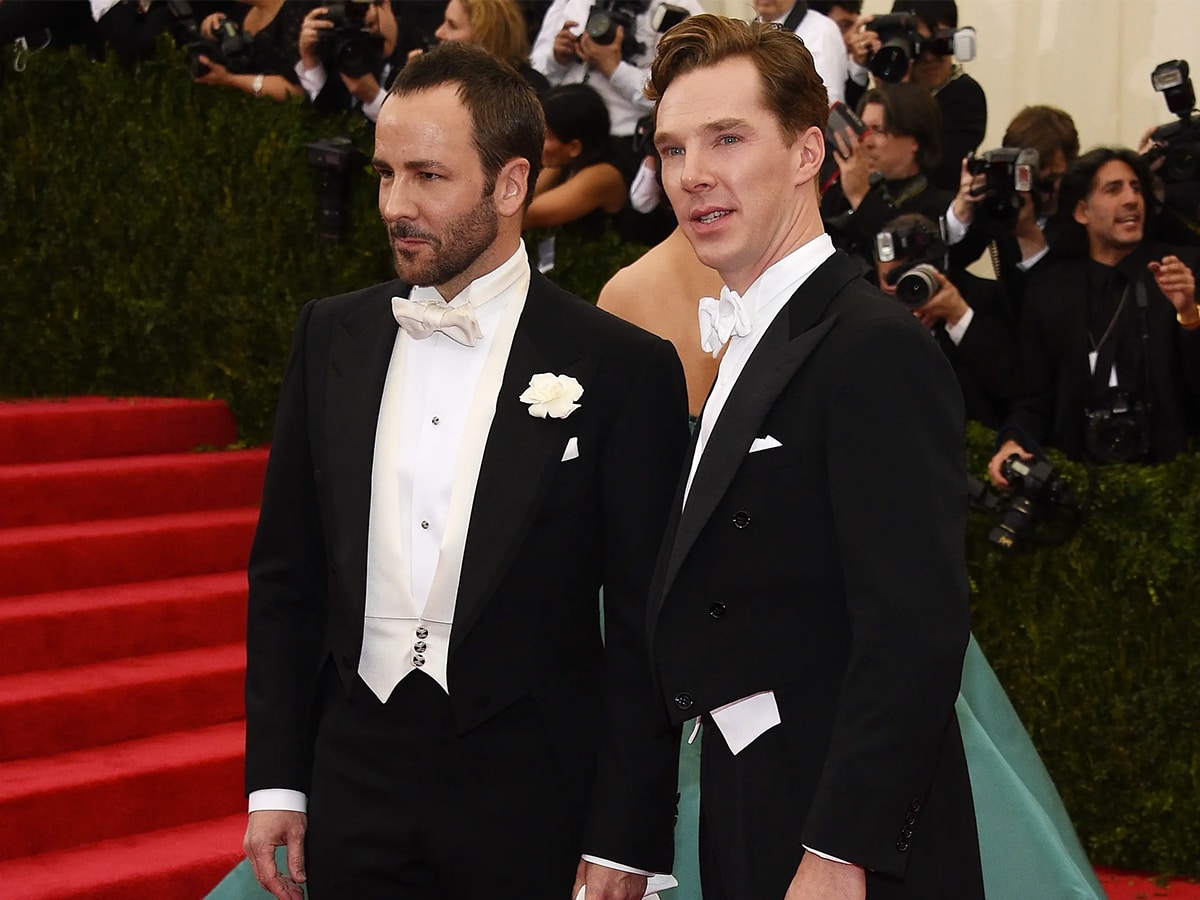
What’s the Difference Between the Two?
The primary difference between the men’s semi-formal dress code and men’s formal dress code boils down to limitation or lack thereof. The semi-formal dress code allows for more personal expression but still mandates things like a suit or blazer ensemble, whereas, the formal dress code is anchored by the tuxedo, along with sartorial mainstays, which can vary depending on the event.
Alternatives to Semi-Formal Dress Codes
Looking for something a little more dressed up? Once you have figured out the difference between semi-formal and formal dress codes, you can start to build a more complete wardrobe. With the essential knowledge on hand, dressing for the occasion becomes all the more simple. Here are some other dress codes you need to be aware of:
- Smart Casual Men’s Dress Code Guide
- Guide to Men’s Cocktail Attire & Dress Code
- Lounge Suit Dress Code Guide for Men
- How to Nail Your Wedding Suit: A Groom’s Guide
- Blue Suits for Men: Types, Brands, How to Wear
- Types of Suits for Men: A Guide to Men’s Suit Styles
- Guide to Types of Suit Fabric and Thread Count




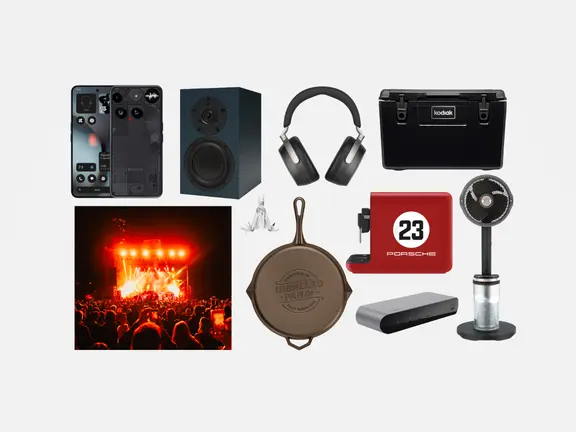
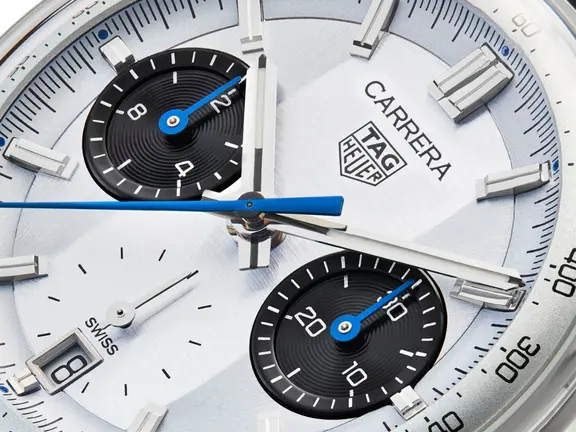

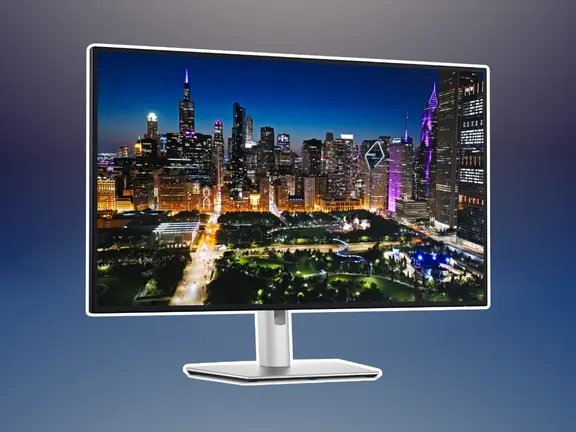










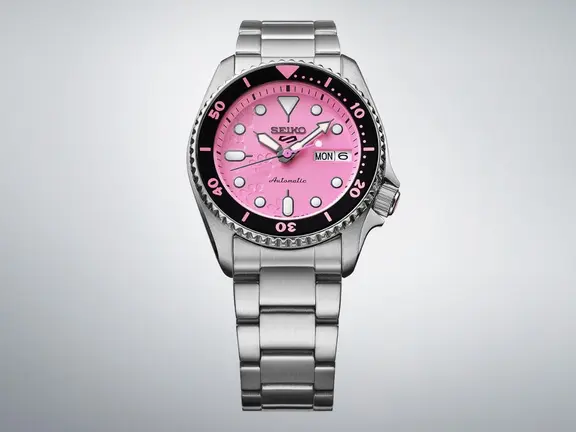

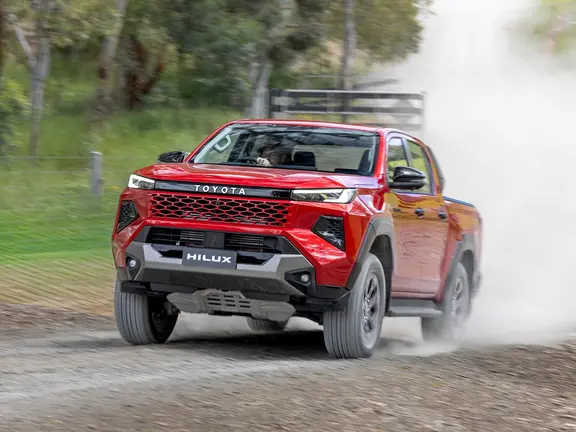
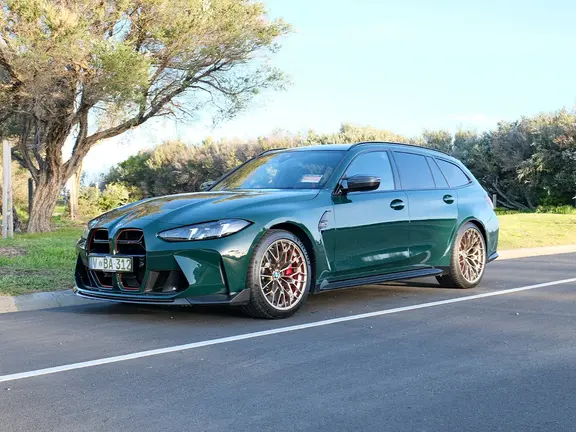

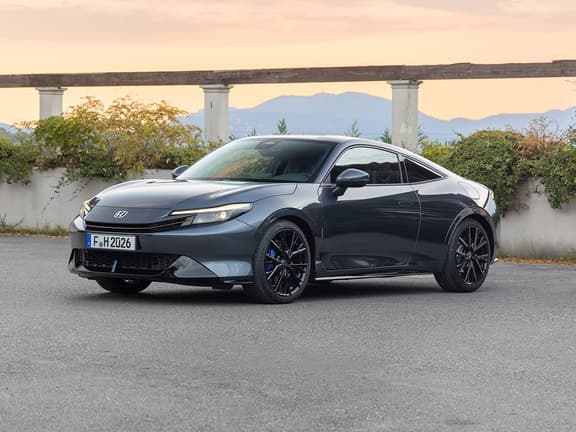
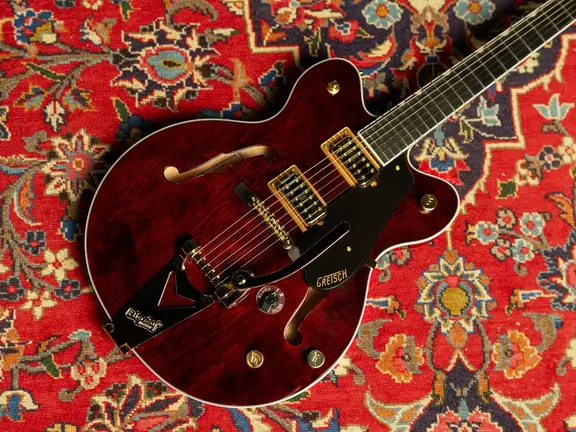


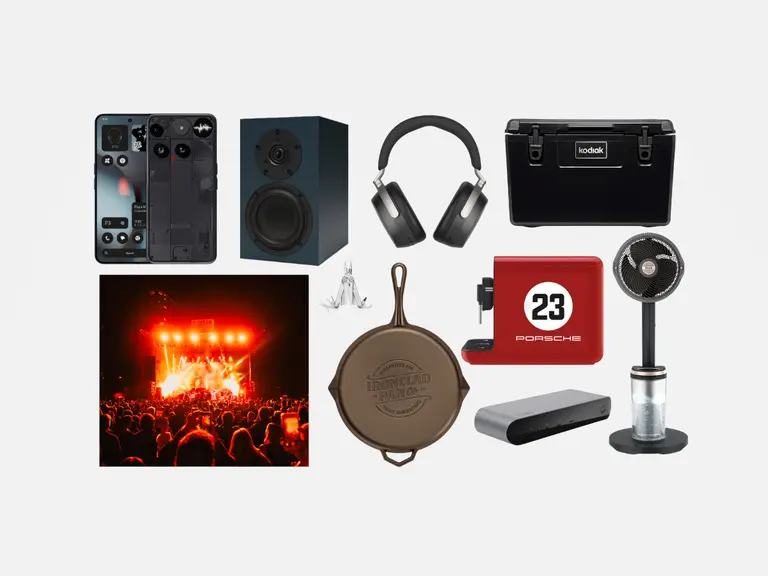


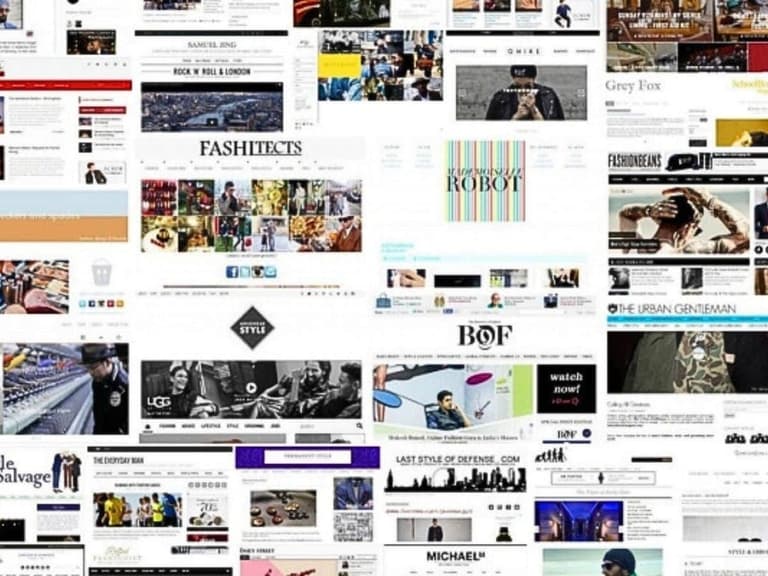



Comments
We love hearing from you. or to leave a comment.